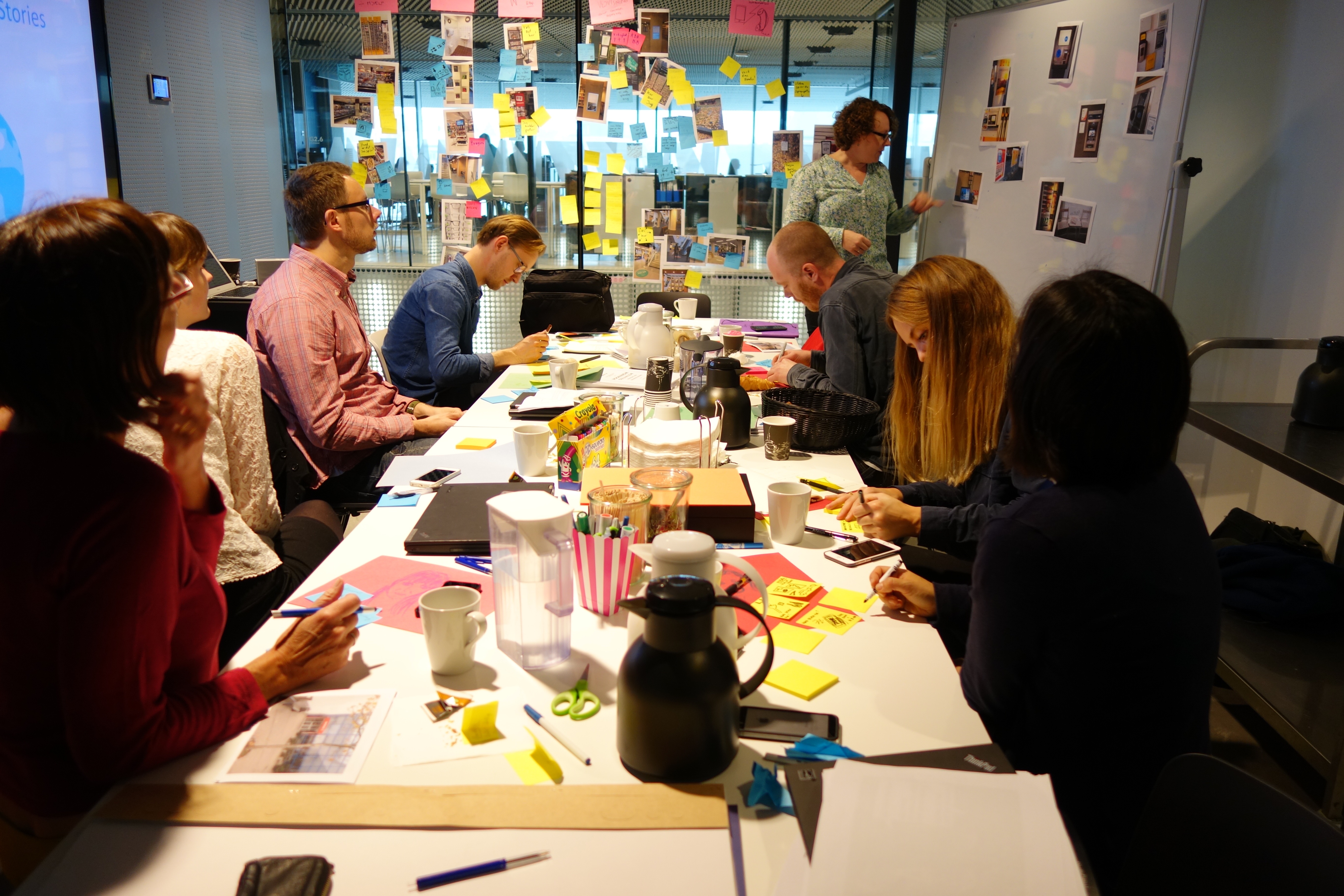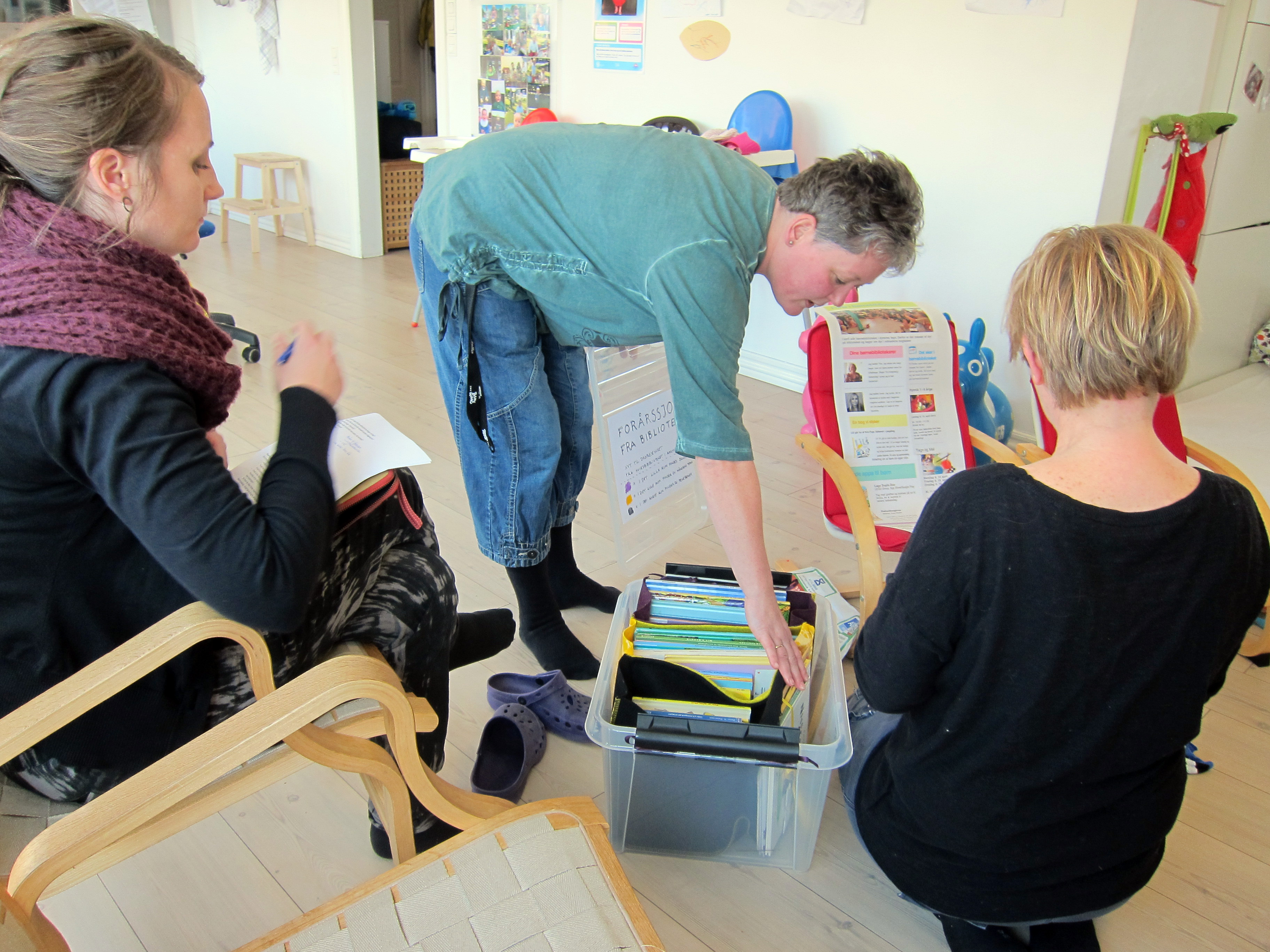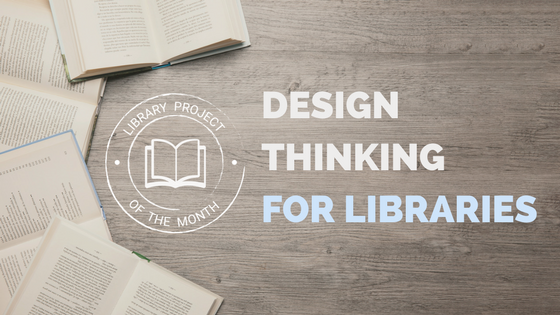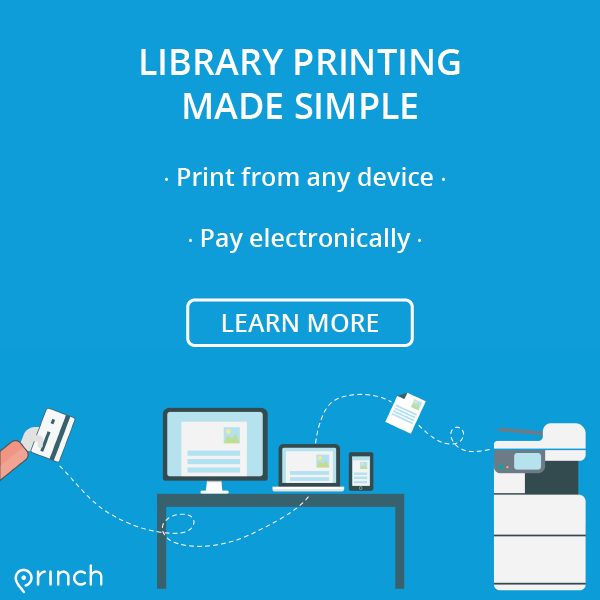This month, we present Design Thinking for Libraries, a project used by libraries worldwide to redesign their service whilst focusing on the users’ needs.
We have talked with Sidsel Bech-Petersen, Head of Innovation and User Involvement at Aarhus Public Libraries, who tells us more about the concept and how libraries can benefit from using it. Read her insights below.
In June 2015 the City of Aarhus opened Dokk1 which is Scandinavia’s largest public library and represents a new generation of modern hybrid libraries. This new library is a library for people – and not for books.
#Dokk1 is Scandinavia’s largest #publiclibrary and represents a new generation of modern hybrid #libraries. It is a library for people – and not for books. Share on XTherefore, planning and building Dokk1 has been a highly participatory process which was guided by Human-Centered Design and Design Thinking. But this approach is not just for developing new libraries – it is an approach that can help all kinds of libraries. Design Thinking allows us to work together to discover what our communities want and we can experiment to create services, programs and processes to meet their changing needs.

Credit: Aarhus Public Libraries
Empathize and prototype!
The toolkit guides you through the Design Thinking process and shows the library staff how to come up with solutions to everyday challenges within the library. It gives background and knowledge about Design Thinking, but also a wide variety of tools, tips and tricks for how to make it happen. The core principle of Design Thinking is simple: We learn from people. The design process starts and ends with the citizens and their needs and as library designer you should start out by focusing on their needs – and not the library’s needs.
The core principle of #DesignThinking is: We learn from people. The design process starts and ends with the citizens and their needs and as library designer you should start out by focusing on their needs – and not the #library’s needs. Share on XTo do that, the design process consists of two main components: empathize and prototype!
Empathize means that you learn about the world, you put yourself in the shoes of the citizens and learn more about them by setting aside your own points of view, interests and goals.
#Libraries are perfect spaces for prototyping because we have the users visiting every day and they want to participate and give their #feedback. #librarians Share on XPrototyping is about continual experimentation based on user feedback. A prototype makes your ideas tangible, it can be something built from cardboard, sketched on a piece of paper or a roleplay. It enables you to share your idea with other people to get feedback and find out how to further develop it. Libraries are perfect spaces for prototyping because we have the users visiting every day and they want to participate and give their feedback.

Credit: Aarhus Public Libraries
Lessons learned
This human-centered design approach has taught us new things about the library and the citizens. We have learned how to build engagement for example by having low barrier activities to start the dialogue with our users.
We have learned how to build engagement for example by having low barrier activities to start the dialogue with our users. #libraries #designthinking Share on XUsing design thinking also showed us that sometimes it is in the packaging and not in the service itself that a problem dwells. And we learned not to focus on demographics (gender, age etc) but more on behaviors such as the user’s habits, rituals and routines. Their journey through the library system often tells us more about who they are than for example their age.
Their journey through the #library system often tells us more about who the users are than for example their age. Share on XOur design processes are not seen as problem-solving but as a learning process, as part of the process is often to find the right problem. Through the participatory process, we also became better at using prototypes as a tool. When we do prototypes, we don’t just do random experimentation but we prototype with intent and use the prototype as a learning tool to establish new conversations.

Credit: Aarhus Public Libraries
The toolkit is spreading
Chicago and Aarhus Public Libraries still work with the Bill and Melinda Gates Foundation to find out how to spread these methods to the library field. The Design Thinking for Libraries Toolkit has been translated into 10 different languages by libraries all over the world. So far we have received toolkits from libraries who have translated them into Chinese, Czech, Danish, English, French, Italian, Japanese, Polish, Portuguese, and Thai. You can download them here.
How to get started?
The toolkit is both for those libraries who want to use bite-sized methods and for those who look for inspiration to rethink the way they do innovation at their library. For a quick introduction, take a look at the “Design thinking in a day” toolkit.

Facebook is a way you can connect with librarians all over the world who are using Design Thinking. We will continuously update the site with ideas, inspiration, examples and events. Find us here: Design Thinking for Libraries Facebook Page
In addition to the toolkit, we’re curating a set of resources to help support you through the design thinking process. We’ll soon share some of these with you, and over the next year, we’ll continuously be adding more. Check back periodically to see how things evolve: Design Thinking For Libraries Website
If you have ideas about tools you’d like to see or help create, please get in touch with us at hello@designthinkingforlibraries.com. If you have any questions for Sidsel Bech-Petersen, Head of Innovation and User Involvement at Aarhus Public Libraries / Dokk1, you can e-mail her at sibp@aarhus.dk.
Did you enjoy Sidsel’s insights? Follow us on Twitter and let us know what you enjoy the most about Design Thinking! We will be back next week with another interesting article!
Recent posts
Green Libraries: How Sustainable Design is Shaping the Future of Public Libraries
In this week's Princh Library Blog post, recurring guest writer Sam L. Bowman discusses an ever so important topic: sustainable design and [...]
Librarians Supporting Digital Literacy in the Community
In this week's Princh Library Blog, Nina Grant covers why digital literacy is important, the variety of ways in which librarians are supporting [...]




Leave A Comment